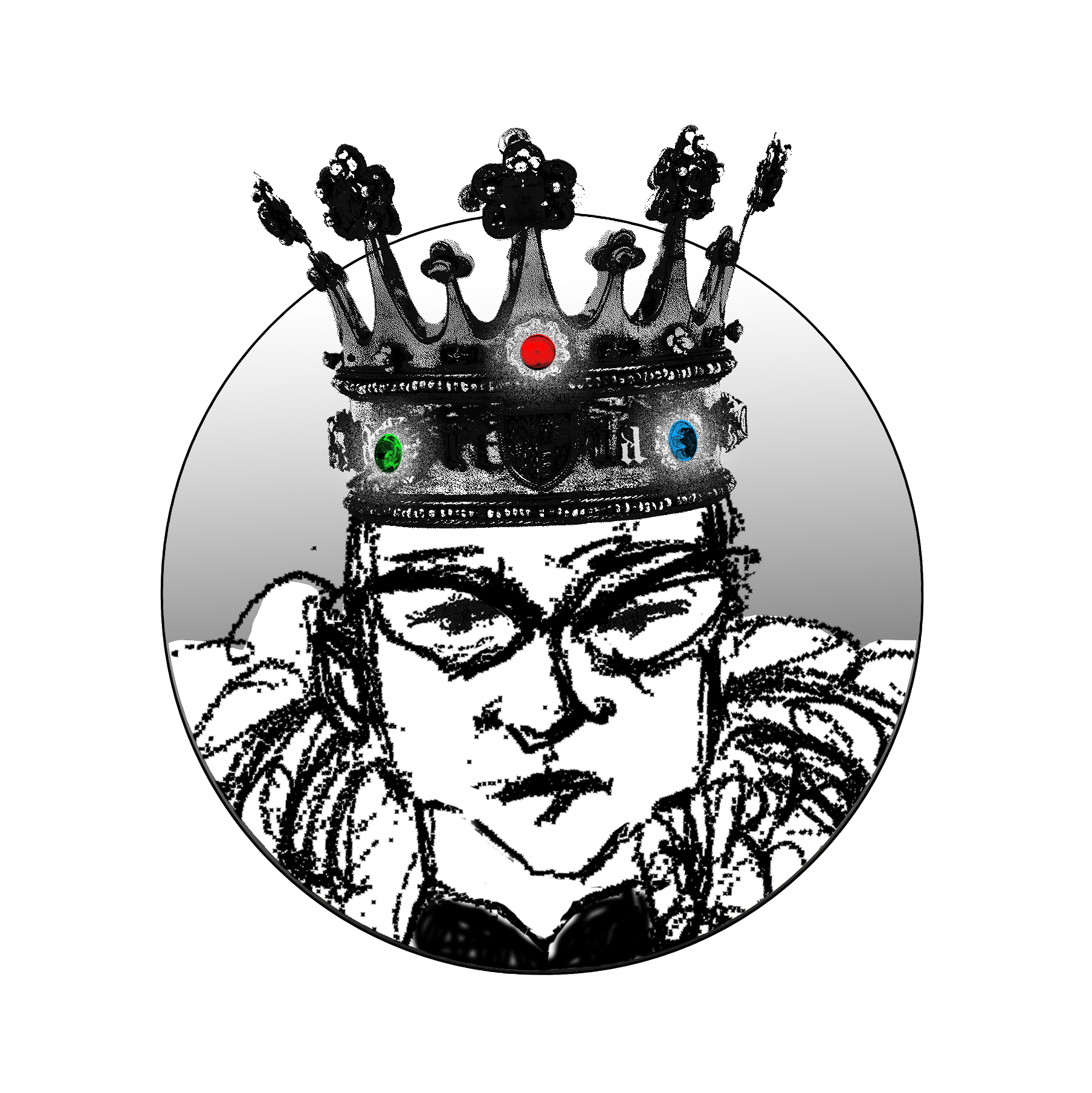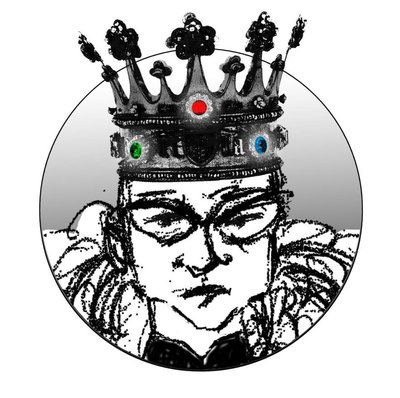
beginning & ending with lines from Simone Weil
make a crown

Your crown will appear here.
click “crown me” to begin again. click “keep a crown” to store one you like. swap a single sonnet by entering its number, 1 to 7, below.
Sonnet keeper goes here
about this project
After I had written the three crowns, I began thinking about Raymond Queneau’s “100,000,000,000,000 Poems,” which consists of a sequence of ten fourteen-line sonnets. Each line within any one sonnet can replace the same in any other while maintaining a uniform rhyme scheme and grammatical correctness. While the three interlocking crowns is not nearly as ambitious as Queneau’s project, the sonnets can be recombined to create 2187 different crowns. I approached Wendy Vardaman about creating a program that would recombine the sonnets to generate these random crowns. I am so grateful for the depth of knowledge that Wendy has about poetry, technology, and design and her generosity in sharing those skills.
I hope you enjoy your random crown.
of sonnets & crowns
When I was working on poems about Flannery O’Connor and beginning to feel lost, I went back to her collected letters, to see what it was that felt so urgent and inspiring to me. I turned to a letter she had written to her friend Betty Hester, a frustrated writer and lesbian who was perhaps O’Connor’s closest correspondent. In this letter she’s reflecting on Waiting for God, a collection of the writings of the French philosopher Simone Weil. I had not paid much attention to this letter before, because I was not particularly familiar with the writings or life of Weil. I was stopped by these words of O’Connor’s: “If I were to live long enough and develop as an artist to the proper extent, I would like to write a comic novel about a woman—and what is more comic and terrible than the angular intellectual proud woman approaching God inch by inch with ground teeth?” In the very next letter she explained that her heroine wouldn’t be a hypothetical version of Weil; she said, “My heroine already is, and is Hulga.”
Hulga is the main character from O’Connor’s story “Good Country People,” about a middle-aged woman with a wooden leg and a PhD in philosophy who decides to seduce a bible salesman, and she’s arguably O’Connor’s most autobiographical character. I started thinking of Hulga as the ideal lens for viewing O’Connor’s life and work, and became interested in Simone Weil. I got a copy of Weil’s notebooks, and found myself using some of the lines in the Hulga poems. This led me to conceiving a crown of sonnets—a group of seven sonnets where the last line of the first poem becomes the first line of the next poem and so on—using lines from the Notebooks. I was worried that the poems would seem forced or root-bound, that I wouldn’t be able to get through all seven. But then I wrote another crown, employing the same lines in the same pattern, and then wrote yet another one. There are now three interlocking crowns, meaning that the twenty-one individual sonnets can be combined in different ways to form 2187 different crowns.